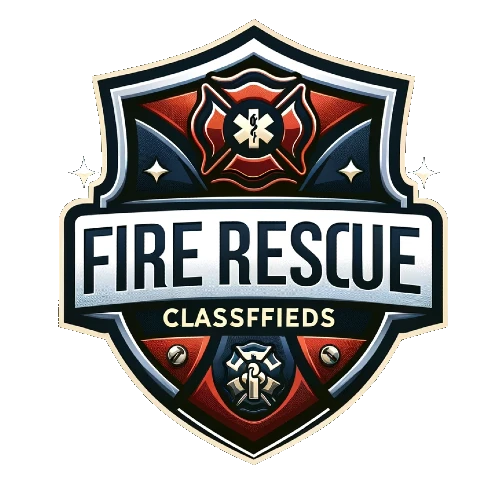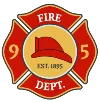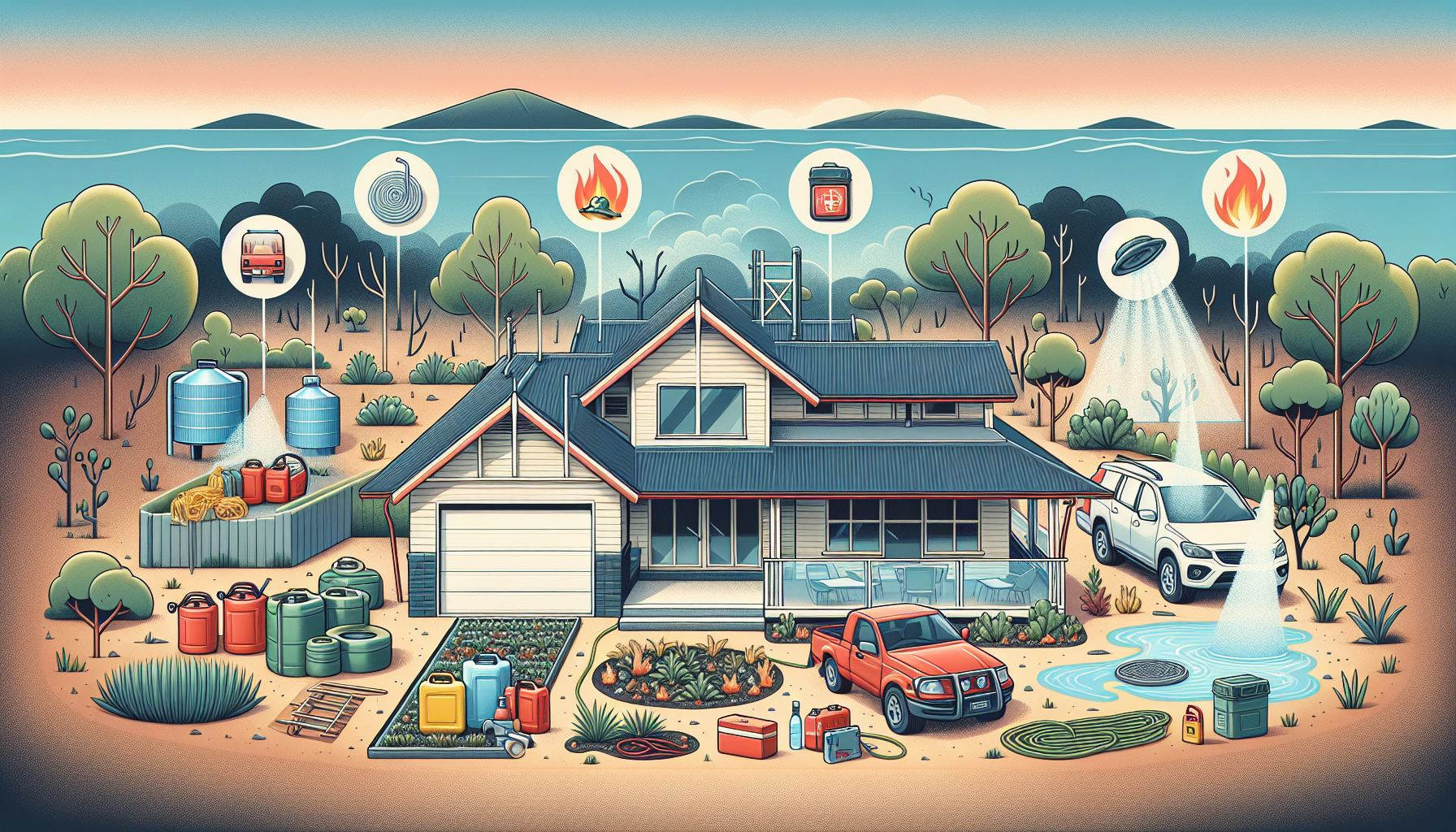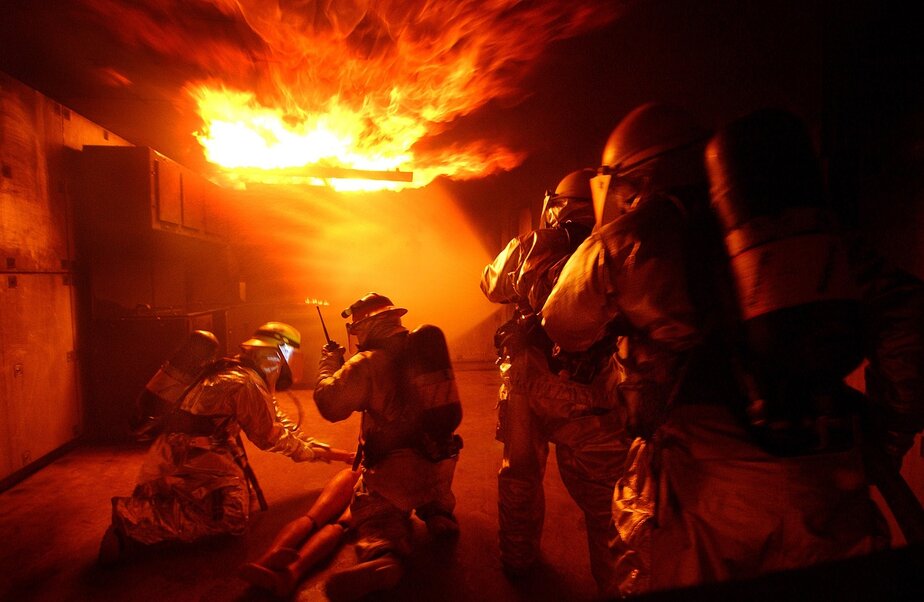Now Reading: Understanding Flashover in Firefighting: A Comprehensive Guide
- 01
Understanding Flashover in Firefighting: A Comprehensive Guide
Understanding Flashover in Firefighting: A Comprehensive Guide

If you ask any experienced firefighter about their scariest times fighting a fire, they will probably say “flashover.” It’s what every firefighter fears the most. Knowing what it is, how to see it coming, and how to handle it can be the difference between living and dying. So, get ready (or maybe put on your breathing mask), because we’re going to learn all about the amazing, yet frightening event known as flashover.
At Fire Rescue Classifieds, we want to help and teach the brave people who put themselves in danger to keep us safe. Whether you’re a firefighter, want to become one, or just like learning about fire safety (no judging here!), this guide is for you.
What Exactly is Flashover?
Let’s start with the basics. Flashover is when a fire in a room or closed area suddenly becomes a big, full fire. It’s like the fire goes from “zero to 100 really fast.” Everything in the room that can catch fire does so all at once, covering the area in flames. It’s hot, fast, and doesn’t forgive any mistakes.
Here’s how firefighters usually know flashover from other fire events:
- Not the same as backdraft: Backdraft happens when a smoldering fire gets more oxygen suddenly and bursts into flames. Flashover is all about heat reaching very high levels—no sudden air needed.
- A turning point: Flashover is the change from a fire growing to having fully spread out. After it happens, things get much worse quickly.
The Science Behind It: Flashover Isn’t Magic, It’s Physics
Now, we know this might sound a bit like school, but understanding the science of flashover can help you beat it.
Here’s the short version:
- Heat Transfer is Important: Heat from the fire spreads out, heating up everything nearby. Furniture, walls, even your leftover pizza box become dangerous with stored energy.
- Thermal Feedback Loop: The hotter it gets, the faster things catch fire, making more heat.
- Temperature Threshold: Flashover often happens when the smoke and gases at the top reach 1,100°F (593°C). Trust us, you don’t want to be there to see it.
How to Spot the Warning Signs (Before It’s Too Late)
If fires had little warning signs like bad dates, flashover would be waving them wildly. Pay attention, and you might just escape in time. Here are five warning signs every firefighter should remember:
- Rising Heat: Feel the temperature going up even with your gear on? That means a flashover might be coming.
- Thick, Rolling Smoke: The darker and denser the smoke, the closer you are to flashover. Turbulent smoke is a big clue.
- Lowering Smoke Layer: If the smoke looks like it’s sinking down to hug you, get away. It’s not friendly.
- Isolated Flames: These small flames can appear without a clear fire source. They’re a warning the big event is coming.
- Overheated Windows or Walls: If everything feels like it’s about to catch fire, you’re likely moments away from disaster.
Why Flashover is a Firefighter’s Nemesis
Flashover isn’t just bad news—it’s really bad. It makes things so dangerous that even the best training and gear might not be enough. Here are three big dangers to remember:
- Extreme Temperatures: Flashover heat can melt your helmet. Only something like Wolverine’s suit could keep you safe.
- Loss of Visibility: Thick smoke and flames leave you lost and your air gear might have trouble giving you clean air.
- Fast Progression: Flashovers don’t take their time. Once they begin, you’ve got seconds to act.
Five Proven Strategies to Prevent Flashover
Good news: Flashovers are scary, but they don’t have to happen. Firefighting has gotten better with tools and ways to keep teams safer. Here’s how to be proactive:
- Learn the Stages of Fire: Knowing how fires grow can help you see danger before it gets worse.
- Ventilate Wisely: Proper ventilation can move heat and smoke. But don’t do it too soon, or you might give the fire the air it wants.
- Cool It Down: Use water on the top layers of the fire to cool the heat. It’s like giving the fire a cold shower before it gets too wild.
- Stay Aware: Communication is very important. Keeping your crew informed can save lives. If something feels off, speak up before it’s too late.
- Practice a Lot: From special training rooms for flashover to reading smoke drills, practice makes firefighters safer.
If You’re Caught in a Flashover: Survival Tactics That Save Lives
Even with the best prep, sometimes the worst happens. If you find yourself in a flashover, follow these survival tips:
- Stay Low: Heat goes up, so stay as close to the floor as you can.
- Turn on Water Streams: A solid water stream can be a heat shield. Aim high to cool the hot layers.
- Use Your Gear The Right Way: Your gear is your lifeline—make sure it’s good and you wear it correctly.
- Find an Exit: Whether it’s a window, door, or a hole, get out before it gets worse.
- Stick with Your Team: Don’t go solo! Working together is better in real fire scenes.
Cutting-Edge Technology to the Rescue
New firefighting technology has made amazing tools to help spot and stop flashovers. Some of our favorites include:
- Thermal Imaging Cameras (TICs): These handheld devices find hot spots and temperature changes.
- Gas Temperature Monitors: These tools measure gas temperatures to warn you when limits are nearby.
- Flashover Simulators: These training tools copy real conditions so firefighters can train without real danger.
Lessons from the Field: Case Studies to Learn From
Firefighters have great stories that can help save lives. Real flashover events have taught us about fire behavior and helped make better firefighting plans. One important lesson? Don’t ignore your surroundings. Fires in modern homes with synthetic things act differently from fires in older buildings with wood.
Flashover Myths: Let’s Set the Record Straight
- “Flashovers don’t happen a lot.” That’s wrong. With modern building materials, fires start faster than before.
- “It can’t happen in small spaces.” Think again. Size doesn’t matter when heat is high.
- “Ventilating solves everything.” Not true! Bad ventilation can make fires burn faster.
- “My gear makes me safe.” Hate to tell you, but it doesn’t.
- “I don’t need more flashover training.” Trust us: you do. Even veteran firefighters can learn something new.
Conclusion
Flashover is one of the hardest and most dangerous things a firefighter can face, but knowledge is really powerful. By knowing the warning signs, using prevention methods, and training often, firefighting crews can stay ahead of this enemy.
At Fire Rescue Classifieds, we are here to give resources, gear, and knowledge to help firefighters at every part of their careers. Don’t let flashover surprise you and your team. Share this post, talk about it with your crew, and keep learning. Remember, a firefighter’s best tool isn’t the ax or the hose—it’s wisdom.
Stay safe, and keep those fires in check! 🔥





























